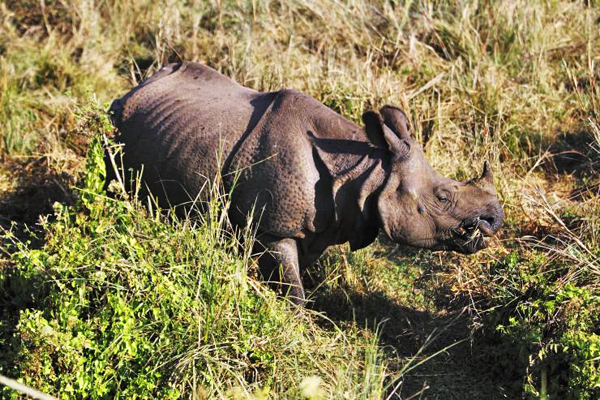LETTERS: Protected areas
This has reference to the news report “Country’s wildlife tourism sector in peril, say entrepreneurs” (THT, Page 10, Feb 29). Wildlife tourism is in peril not because the seven concessionaires have not been permitted to reopen their shops inside the protected areas, i.e., Chitwan National Park, but because too much of tourist activities, i.e., lodges have been allowed to mushroom all along the northern edge of the park. Majority of tourists who today visit the protected areas are revellers out on picnics and not travellers that look forward to a rich wildlife experience. Contrary to claims, tourism activities have not been barred in the protected areas. Whenever I visit the protected areas, I take part in game drives, nature walks, canoe rides, bird watching and staking out wildlife from the government machans, which are all part and parcel of tourism activities. The only tourism activity that I do not take part in is the elephant ride in the community forest because of my personal aversion against cruelty to pachyderms. While the government’s self-inflicted fears that reopening of lodges inside the park will hurt conservation, cause environmental degradation and promote poaching do not hold water, it is equally ludicrous to suggest that no lodges inside the park will sound the death-knell for wildlife tourism. It is true that nothing can ever beat the thrill and excitement of lodging inside the protected areas. But permitting seven lodges and barring 170 resorts scattered in the adjacent villages will open Pandora’s Box in the protected areas. The government needs to come up with the number of lodges that can be allowed in without adverse effect on the environment and then set a slew of transparent criteria including monetary to allow in only the highest bidders.
Manohar Shrestha, Kathmandu
Solar lights
Apropos of the news story “Govt begins process to light up streets with solar power” (THT, Feb.29, Page 2). In Nepal, load shedding has been continuing on an average of 12 hours in a day. Meanwhile, the fact that the government is beginning the process of lighting up the streets with solar power is really praiseworthy. According to the (MoFALD) plans to install solar lights along 710 kilometers of roads in various municipalities and village development communities across the country, these solar lights will not only help pedestrians but also help achieve zero-accidents in these streets while the drivers are heading from one destination to another at night. At night, visibility on the roads is low. Due to this we can see a number of accidents happen on such streets. This action initiated by the government will eradicate many problems in the long run. The Government should check the lights regularly and replace the faulty ones.
Saroj Wagle, Dumarwana, Bara




